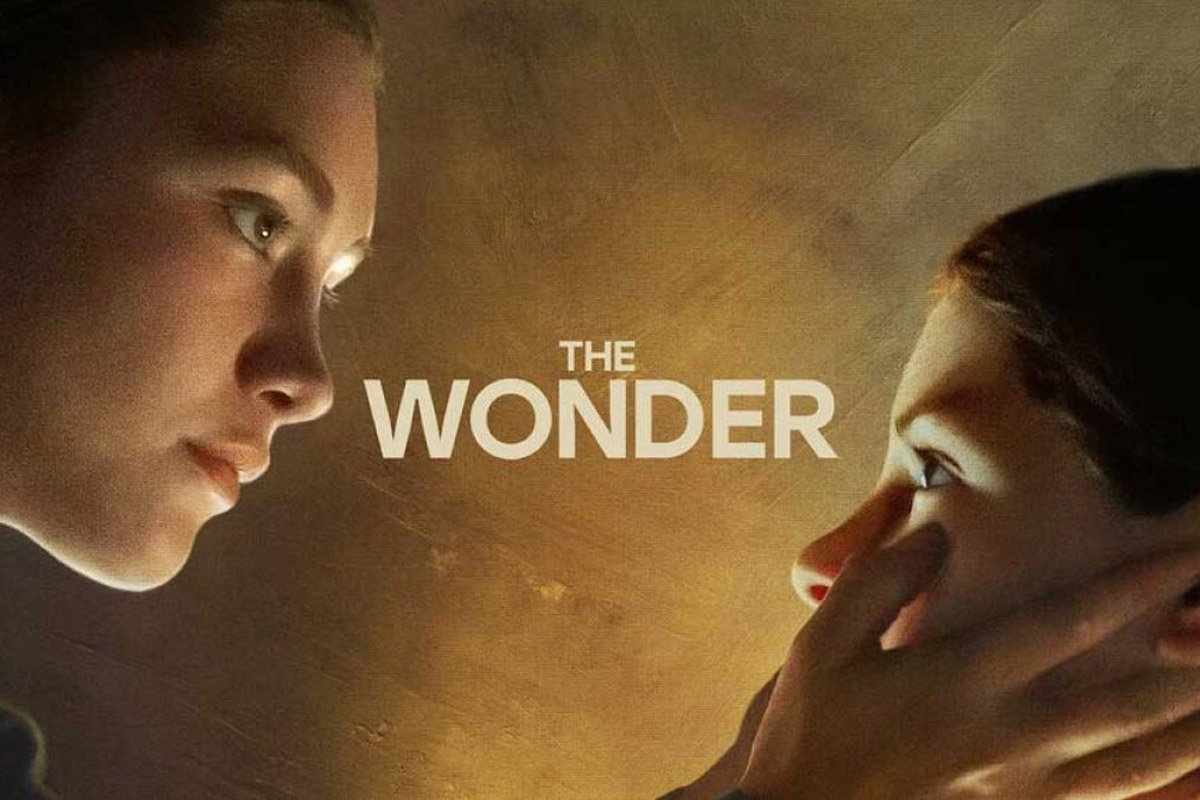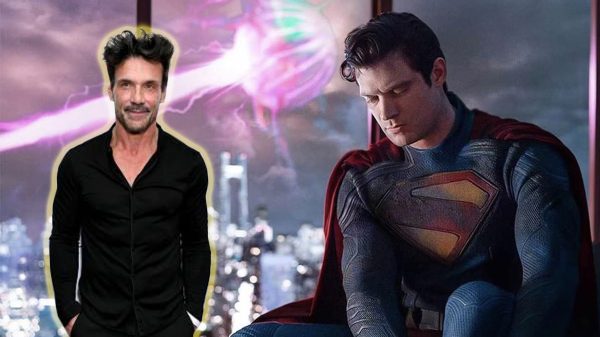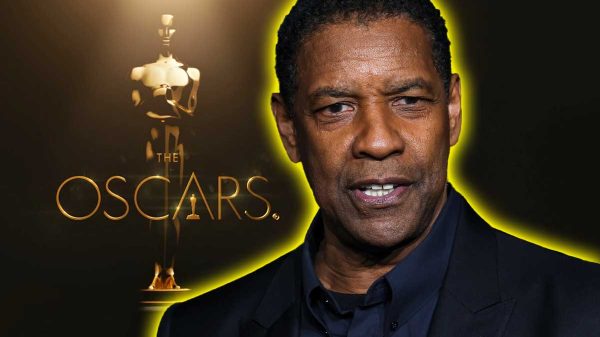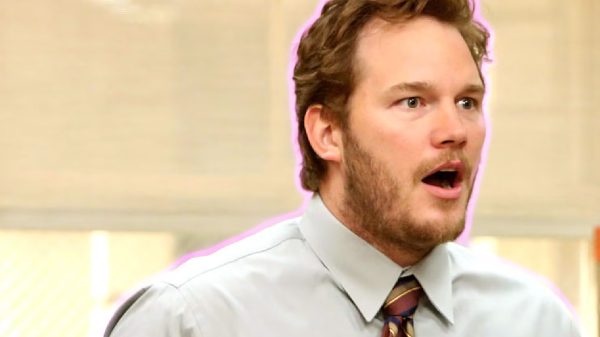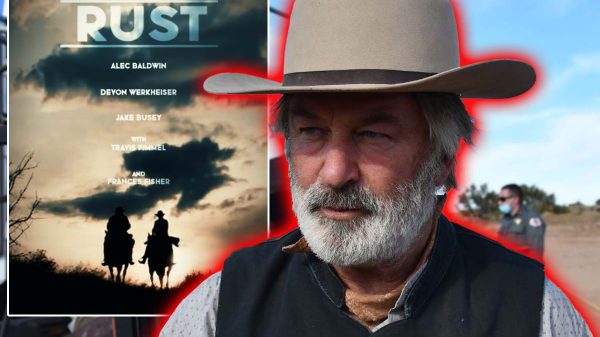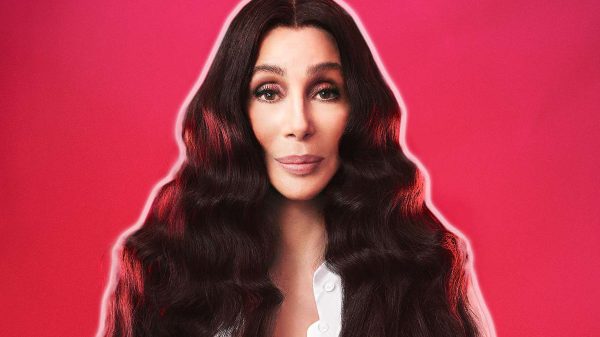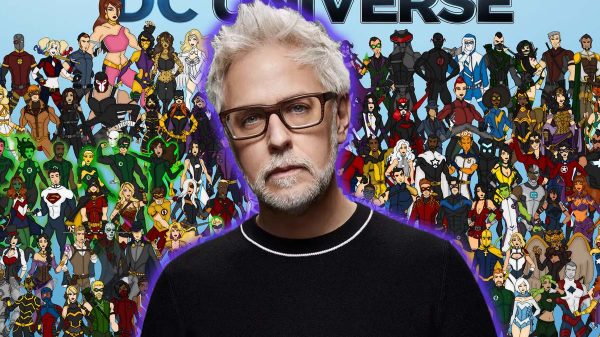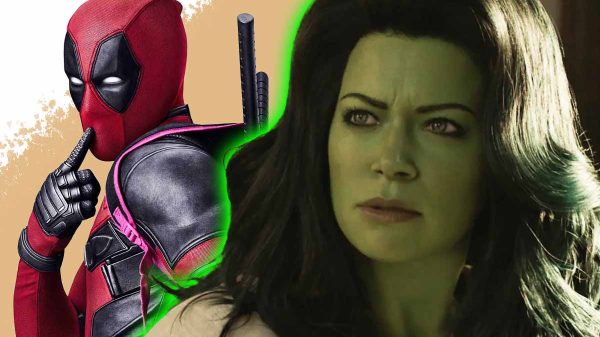Netflix’s 2022 period psychological drama, ‘The Wonder, ‘ has numerous subtle hints that are worth discussing. Directed by Sebastián Lelio and based on Emma Donoghue’s novel, the film takes us to a post-Great Famine Ireland. Here are five key aspects to help you to understand the film’s true meaning.
5. What Was the Nurse Drinking Every Night?

‘The Wonder’ portrays Nurse Wright’s struggles through her nightly consumption of what appears to be laudanum, a tincture of opium. This detail is not just about her personal coping mechanism for her daughter’s death and her husband’s departure but also serves to blur the lines between reality and illusion. Her actions, including pricking her finger, might indicate self-checking or self-harm to emphasize her loosening grip on reality during her demanding job.
4. The Disturbing Reason Anna is Fasting For
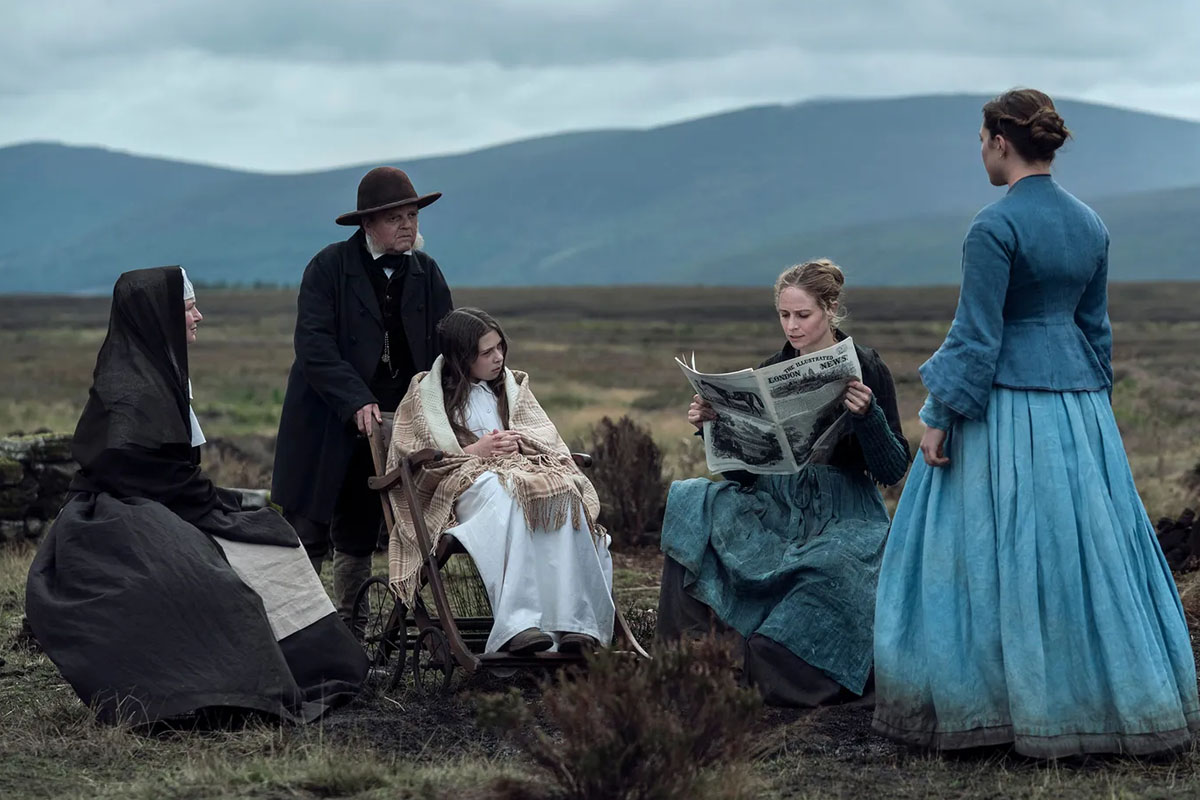
Anna’s fasting is initially perceived as miraculous, but it is actually a facade masking a harrowing truth. Nurse Wright discovers that Anna’s mother discreetly feeds her, debunking the miracle. It later turns out that Anna was being sexually abused by her brother, who succumbed to illness. Her family views her fasting as a spiritual sacrifice for her brother’s soul and blames her for his death. Anna, on the other hand, is coerced to believe that she’ll help bring her brother’s soul back from hell by fasting.
3. Why Did Anna Have To Die?
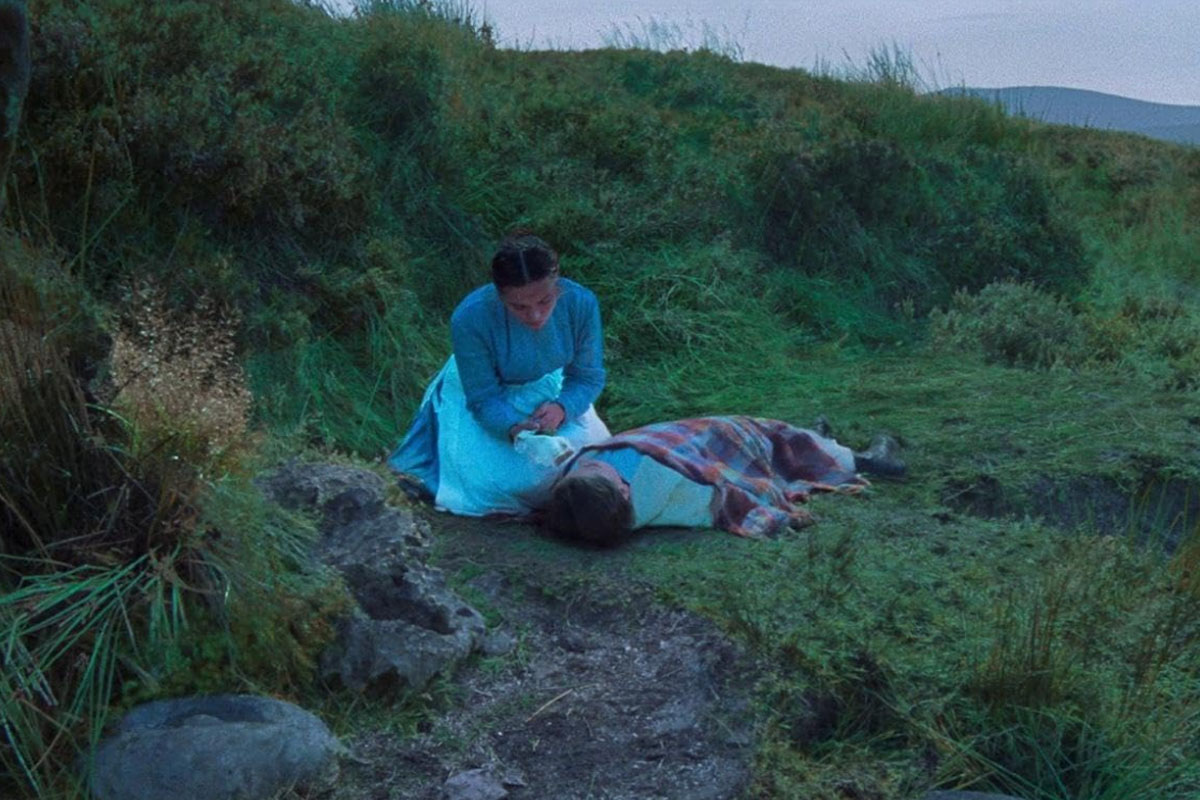
The film’s climax reveals a twist: Anna’s symbolic death is necessary for her rebirth as Nan. This transition symbolizes Anna’s escape from the oppressive confines of her family and community. It’s a metaphor for breaking free from societal and religious constraints, allowing her to stay away from the traumas of her past. The movie ends with Nan embarking on a journey to Sydney for a fresh start, leaving behind the memories of Anna and the suffering she endured.
2. The Meaning of the Thaumatrope

The Wonder uses the thaumatrope – a bird simultaneously inside and outside a cage – as a powerful metaphor. This imagery, presented by the character William, symbolizes Anna’s condition, trapped yet yearning for freedom. The film’s end revisits this metaphor, suggesting that while the characters might be physically free, their pasts and the identities they have adopted continue to bind them in complex ways.
1. Why Kitty Breaks the Fourth Wall?
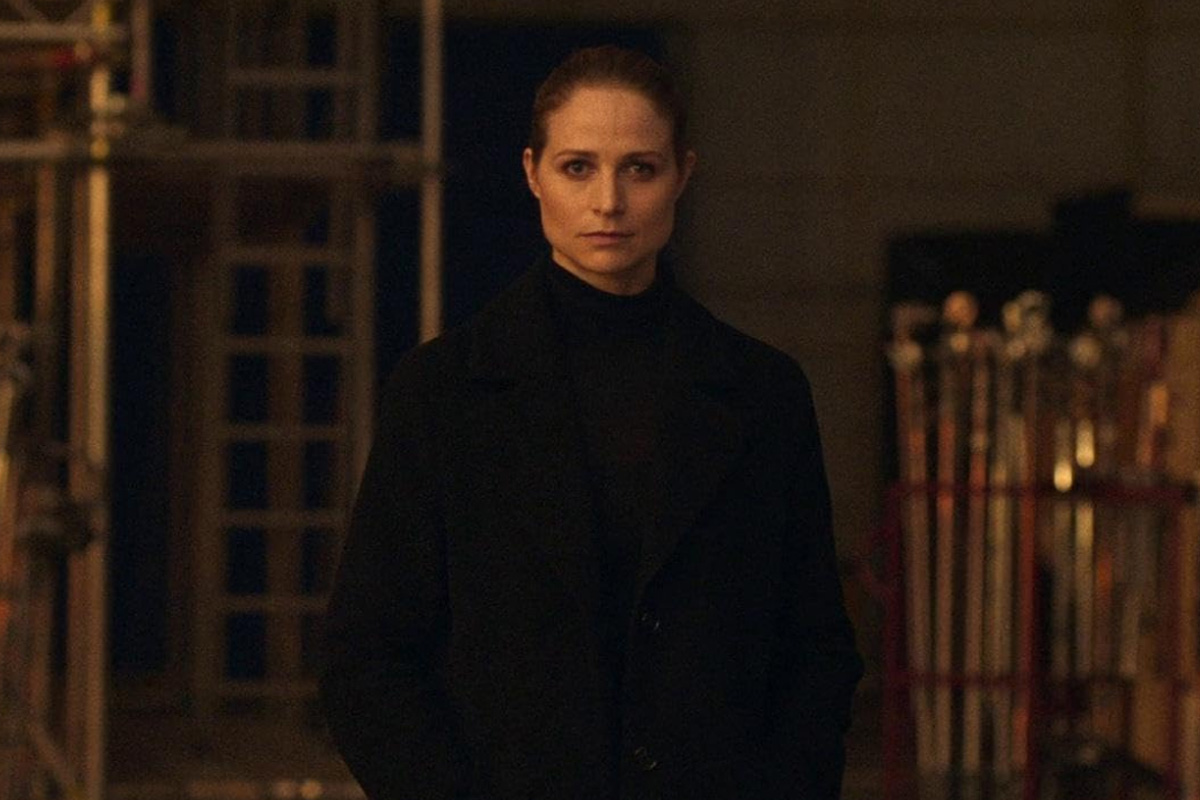
The character Kitty, played by Niamh Algar, serves a critical role by breaking the fourth wall at the beginning and end of the film. This technique not only connects the audience directly to the story but also invites them to reflect on the broader themes of women’s oppression and societal constraints. Lelio uses this narrative device to remind viewers of the power of fiction and its relevance to reality while urging them to contemplate their beliefs and perceptions.

